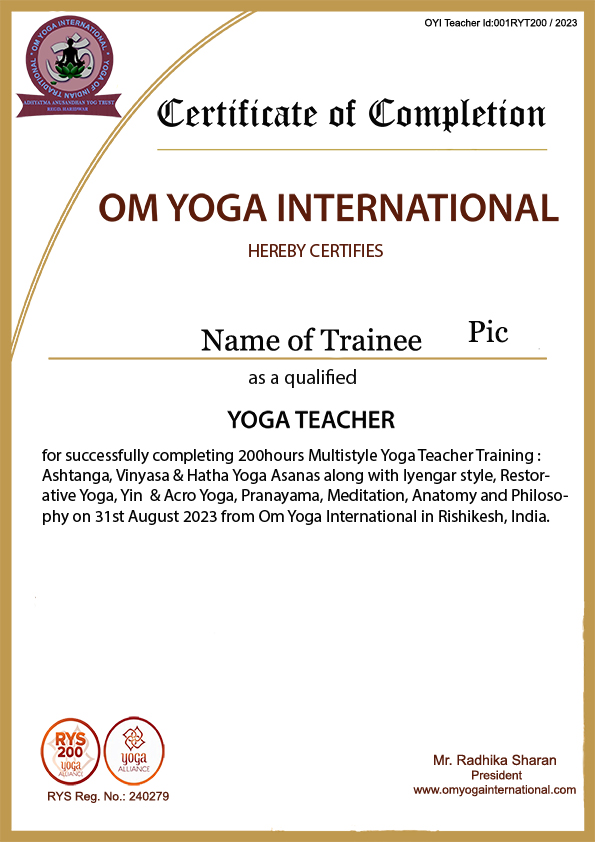Have any Question?
+91-7060004959Have any Question?
+91-7060004959
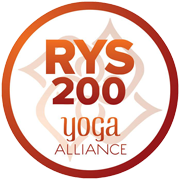
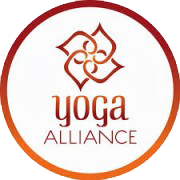
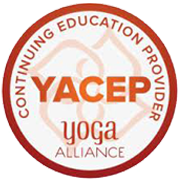

Our 28 Days 200hours Multi-Style Yoga Teacher Training Course, certified by Yoga Alliance, USA is one of the best ways to enrich your asana practice and deep understanding of Traditional Hatha, Ashtanga & Kundalini Yoga along with Vinyasa Flow, Restorative, Yin & Acro Yoga. This course is designed for basic to intermediate yoga practitioners. Upon completion of this training, you will get a chance to teach yoga worldwide.
Om Yoga International offers a comprehensive and professional 200hours yoga teacher training course designed for all levels of practitioners from freshers hoping to upgrade their physical and mental endurance through Yoga to experienced yogis hoping to begin a compensating profession as a yoga educator. This yoga teacher training program in Rishikesh focuses on deep understanding of all yoga concepts and science behind them with proper approach.
Our 200hours yoga teacher training program will give you a strong foundation of authentic yoga philosophy, the ancient knowledge shared by our rishis thousands of years before along with breathing techniques and different meditations. It is one of the best training course for developing understanding of yoga and to lay the strong foundation to be a certified yoga instructor.
Mantras is a set of words in Sanskrit language which consists of specific sounds and vibrations which resonates with the sound of universal energy. Vedic Chanting develops your mental strength and eases stress. Mantra Chanting helps in purifying your body and mind and alleviation of your consciousness.
In the 200 hours yoga teacher training course, you will get to learn many different mantras which takes you to the inner journey. Some of them are:
The mantras do not have connection to any religion, they have spiritual connection – connection to divine energy.
At Om Yoga International we teach authentic style of Hatha Yoga (Sanskrit: “Discipline of Force”) by putting stress on mastery of the body to attain spiritual perfection, a spiritual practice which helps mind to withdraw it from external objects. This is an ancient Yogic practice helping to increase the strength and flexibility of the body and prepare it for Ashtanga Vinyasa flow.
The main objective of this session is to attain physical, mental and spiritual health by practicing its main significant components:
Here is the list of asanas that will be practiced in this session:
The asanas you will learn under Cultural category are:
Along with the practical learning, you will also learn the theoretical concepts of Hatha Yoga in philosophy session. Understanding theory is as important as practical. Here is the list of topic you will get to learn:
Ashtanga vinyasa style is a modern style of Yoga introduced by K. Pattabhi Jois is an integral part of 200hours Yoga Teacher Training, many people know this style by the name Ashtanga Yoga Style. In this course, its 1st series, known as Primary series is covered:
The names of asanas you will learn under this series are:
Along with practical learning, you will also learn its philosophical concept in the philosophy session:
In Sanskrit, Shat means, ‘Six’ and Kriyas means, ‘Actions’. These are the Six Cleansing Actions mentioned in Hatha Yoga for physical and mental cleansing for spiritual upliftment. And to create a balance between the three doshas, as per Ayurveda and create resilience in the body and mind for the higher practices of Asanas, Pranayama, Dharana and Dhyana. Our body produces toxins all the times due to various external and internal factors, which leads to stiffness and blockages of energy in different parts of body. These Shatkriyas help in detoxification, thereby, increasing the strength and flexibility of body. Prepares your body for asanas, pranayama and meditation by releasing the blockages and stiffness. In simple words, these Shatkriyas are the preparations for Yoga practices.
In the anatomy session, you will also learn the anatomy of these Shatkriyas:
Practices that you will learn in 200-hour Teacher Training Program:
It is very important to prepare the body and warm up your joints, ligaments, tendons and other connective tissues in order to avoid any kind of injury during asanas session.
To serve this purpose, special warm up and stretching session is conducted before every class, also some specialised sessions are conducted in the beginning of the course to open up the body and prepare for asanas. It proves to be very beneficial for the beginners. It covers:
Pranayama, is one of the main components both in Hatha and Ashtanga Yoga, a practice for physical, mental and spiritual wellness. This session teaches you the secrets of Pranayama and how its regular practice can lead to awakening of Kundalini.
You will learn its theory in the philosophy class. In its Practical part, you will get to learn:
The practice of Meditation starts from Concentration. In our 200hours yoga training program, you will get to learn different techniques to be able to develop high-level concentration. You will get to learn the theoretical and practical concepts of Meditation:
Different Meditation Practices:
Yoga Philosophy, is Jnana Yoga (Yoga of Knowledge) session which teaches us ways to live our life happily. This session helps us to connect with our own self by understanding our body and mind. You will get to learn all the important philosophical concepts from our various scriptures and enhance your knowledge about yoga.
This session covers:
(Yamas, Niyamas, Asanas, Pranayama, Pratyahara, Dharana, Dhyana, Samadhi)
And Much More.
This session covers:
This class will give you the necessary practice and experience to go out in the real world and beaome a successful teacher that adds value to his or her students. Important aspects covered are:
Students will be evaluated based upon:
COURSE INCLUSIONS:
COURSE EXCLUSIONS:
To enroll yourself for 200 hours YTTC in Rishikesh, follow the below-mentioned steps:
PAYMENT POLICY
REFUND POLICY
IF YOU NEED TO LEAVE EARLY
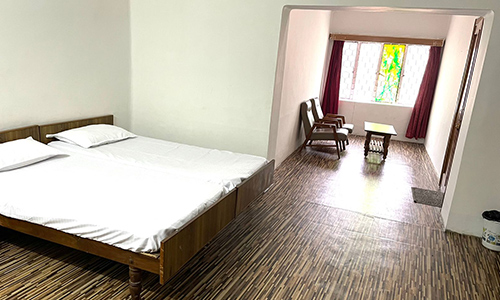
ACCOMODATION
During your 200 hours YTTC Rishikesh, your stay will be inside the ashram premises, which is in the most beautiful and central area of Tapovan, Rishikesh surrounded by the beautiful view of mountains and a pleasant view of the river Ganga ji. Here, you will get an opportunity to experience one of the most affordable yoga retreats located at Laxman Chowk, 1mins walk from Laxman Jhula & Ganges where one can enjoy the divine view of the river Ganges and the soothing sound of water coming from river Ganges along with refreshing air from the rooftop of ashram and the chirping sound of birds in the morning.
From the rooftop of the yoga building, you get to have a splendid view of nature, that makes this place an ideal spot to practice yoga. The Yoga ashram is surrounded by cafes, organic grocery shops, local wares, shops and almost everything you’ll need to make your stay comfortable.
We have 30 rooms, 2 yoga halls plus 2 large rooftops for practicing yoga in the fresh air. All rooms are double bedded with attached big size washrooms/toilets. You can choose private or shared accommodation according to your requirement. We provide bedsheets, pillows, blankets, kettle in the rooms. Our Cleaning Staff always do their best to keep the rooms as well as corridors cleans as well as hygienic.
FOOD
India is well known for its variety of food and rich taste of spices. Ayurveda teaches us how to balance our body with the help of food. We have specially designed our food menu as per the requirements of yogic practices. We strongly believe in the principle of, “You are what you eat”. Our kitchen team prepared the sattvic food with love and care.
You will be served with the 3 vegetarian meals a day – Breakfast, Lunch, Dinner. Food is completely sattvic, and menu is designed with the physically demanding side of your yogic practice in the mind

HOW TO REACH?
Please book your flight to arrive at Indira Gandhi International Airport. From there, book a domestic flight for Jolly Grant Airport, Dehradun (nearest airport to Rishikesh). From here to ashram, distance is 23km, takes approximate 30-35mins. From airport, cab will pick you up. It costs 1000INR. (You can ask us to arrange cab for you/ you can book by yourself, also you can get cab from airport taxi booth itself)
Address of Ashram:
Om Yoga International, Kailashanand Mission Trust, Laxman Chowk, Near laxman Jhula, Tapovan, Rishikesh (Uttarakhand), India.
SAMPLE COPY OF CERTIFICATE
